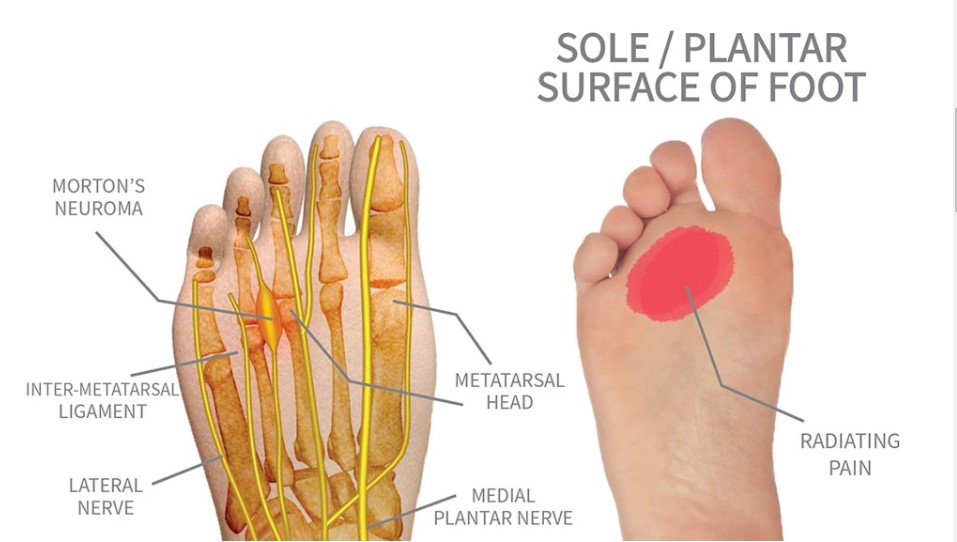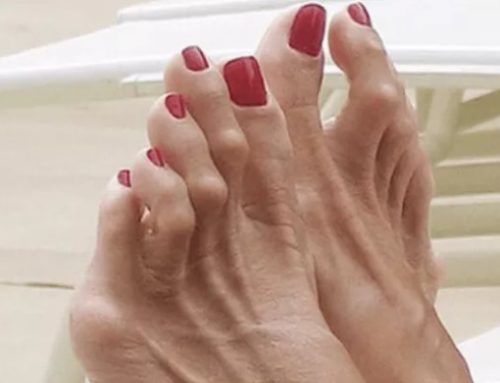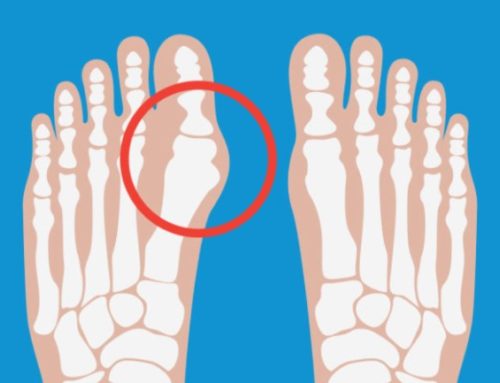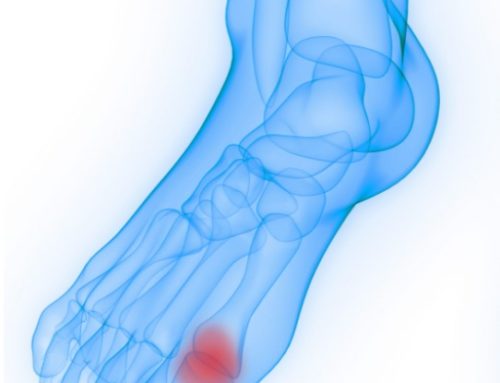
That feeling of a pebble in your shoe may be a Morton’s neuroma!
Morton’s neuroma is one of the top causes of foot pain podiatrists treat each year. There are more than 200,000 diagnosed cases of Morton’s neuroma diagnosed each year.
Neuromas by definition are benign nerve tumors, but Morton’s neuroma; more often than not, results from compression of the nerve. The ligament that lies on top of the nerve, called the transverse intermetatarsal ligament, presses on the nerve causing it to become trapped and compressed. Often times, soft tissues that surround the nerve become chronically inflamed or thickened from repeated mechanical pressure. Compression and repetitive trauma to the nerve can result in chronic changes to the nerve.
As compression becomes recurrent, the pathway or channel where the nerve is positioned becomes closed down and the nerve can no longer send normal signals. Neuromas are most commonly found between the third and fourth toes because the gap between the bones is narrower compared to the other spaces.
Symptoms of a neuroma may include tingling, burning, stabbing, numbness, shooting pain, electric shock sensation, or the feeling that there is a pebble or a balled-up sock in the shoe. Pain generally increases with activity and weightbearing.
Causes of a neuroma may include foot deformity. Feet that are too flat or too arched may create instability around the arch and increased pressure on the soft tissues that surround the nerve. Other causes can be shoes that compress the toe bones chronically, repetitive forces such as running on hard surfaces or high-impact, court-based games like tennis or racquetball. Trauma to the area can also result in scarring or damage to the nerve.
Neuromas generally respond well to non-operative treatments. Initial treatment of neuroma consists of NSAIDS, rest, ice and elevation. Gabapentin can be administered to decrease the severity of the nerve related symptoms. Shoe-gear modifications allow for less compression of the forefoot and are helpful to prevent compression. Custom molded orthotics with a metatarsal pad can help lift the metatarsal heads, thus creating space for the neve and relieving compression of the nerve.
Injections of cortisone may help decrease inflammation associated with painful neuromas.
Next line treatments that may be employed are dehydrated alcohol injections aimed at desensitizing the nerve and EPAT. EPAT or extracorporeal shockwave therapy, uses sound waves to decrease scarring, thickening and inflammation in the area. It also encourages growth of new blood vessels at the site.
If first line conservative therapies fail, surgery may be the next appropriate treatment in management of a painful neuroma. Surgical treatment of a neuroma is most often carried out by releasing tight ligaments in the area and removing the nerve from the interspace. This procedure is called a neurectomy and is most commonly, but not always, performed through an incision on the top of the foot. Recovery is approximately 2-4 weeks in a specialized shoe or boot. Recovery from foot surgery is different for everyone, taking anywhere from several weeks to several months.
If you have any questions or concerns, please call Quality Foot Care at (215) 230-9707 for a comprehensive examination and expert treatment.




Leave A Comment